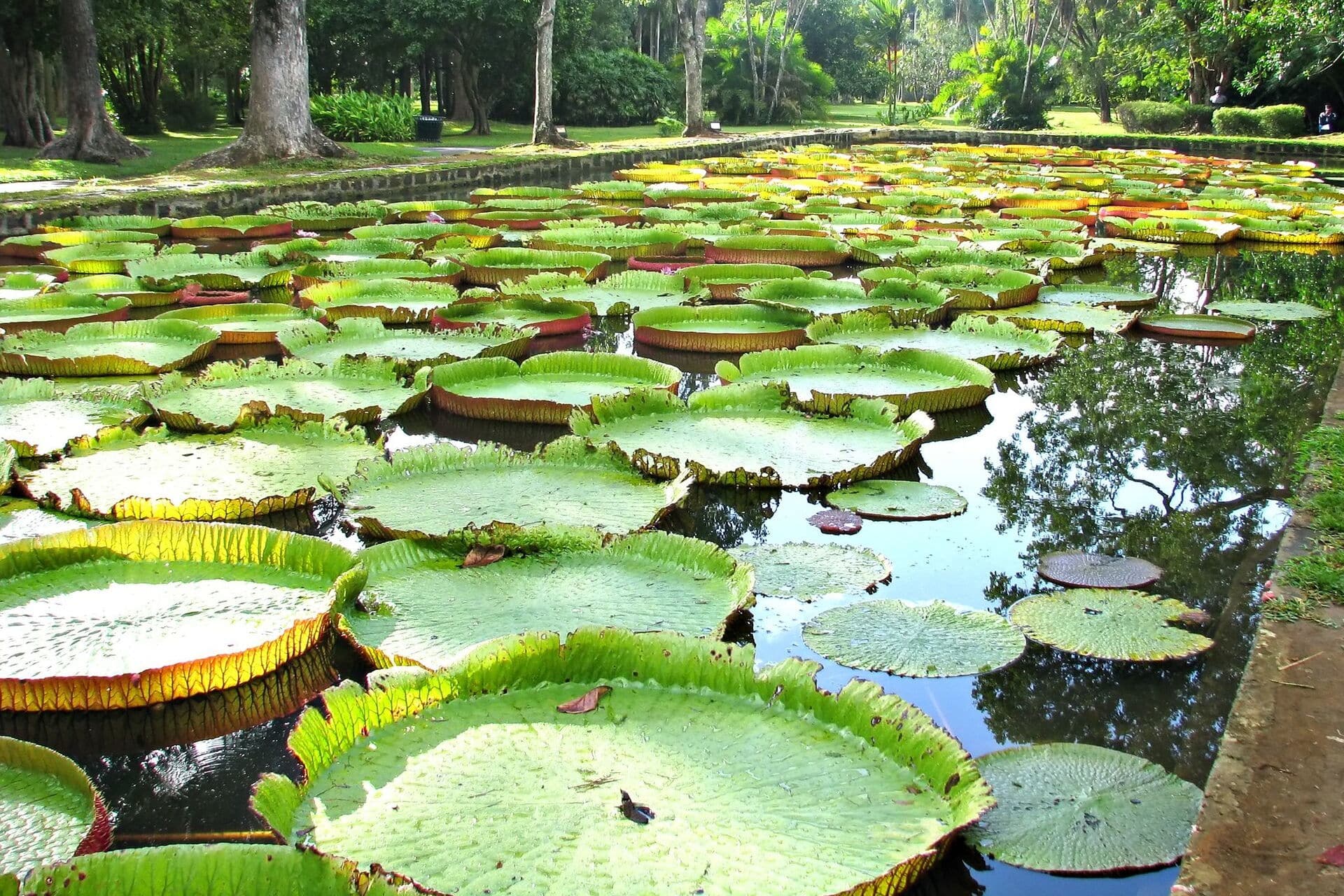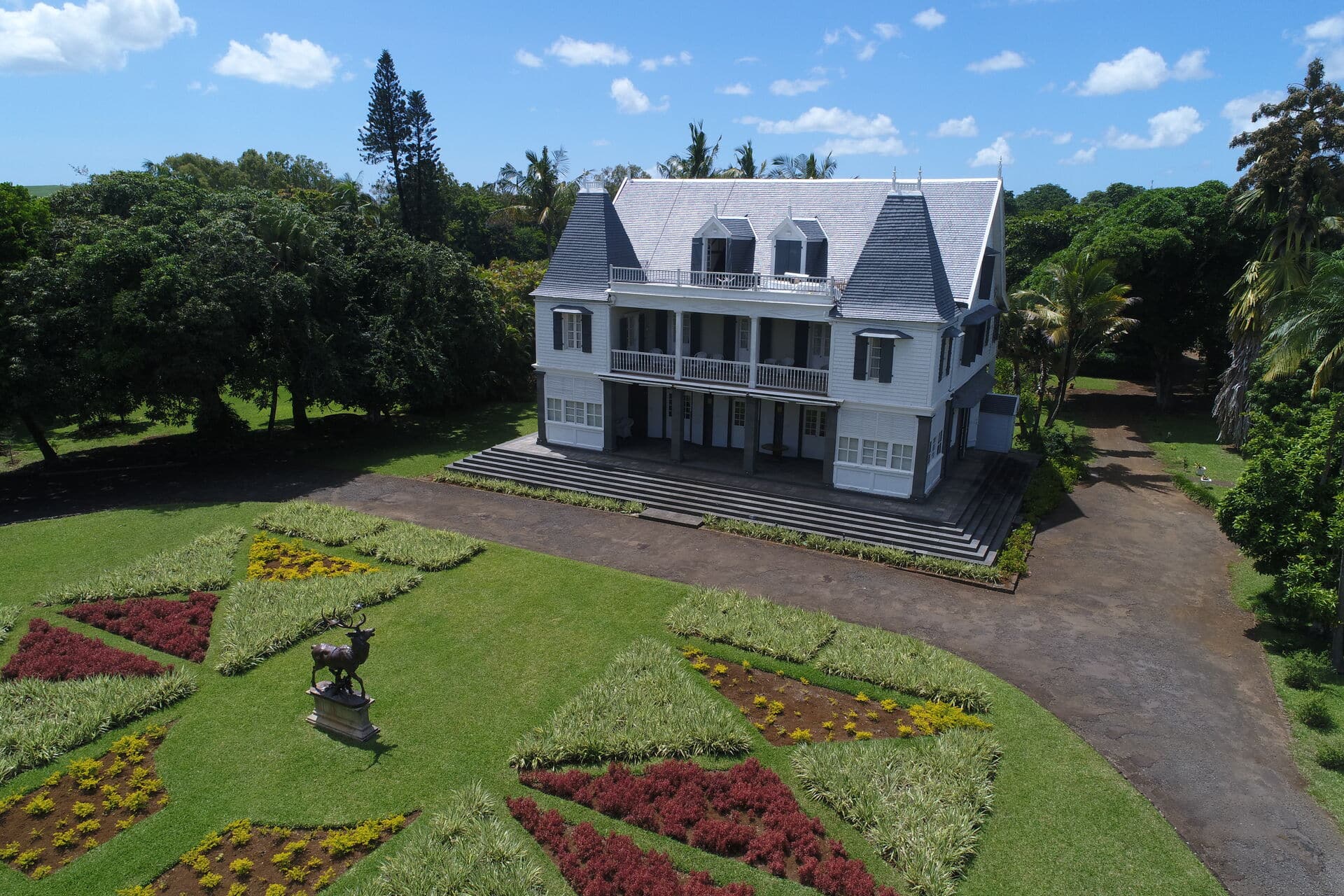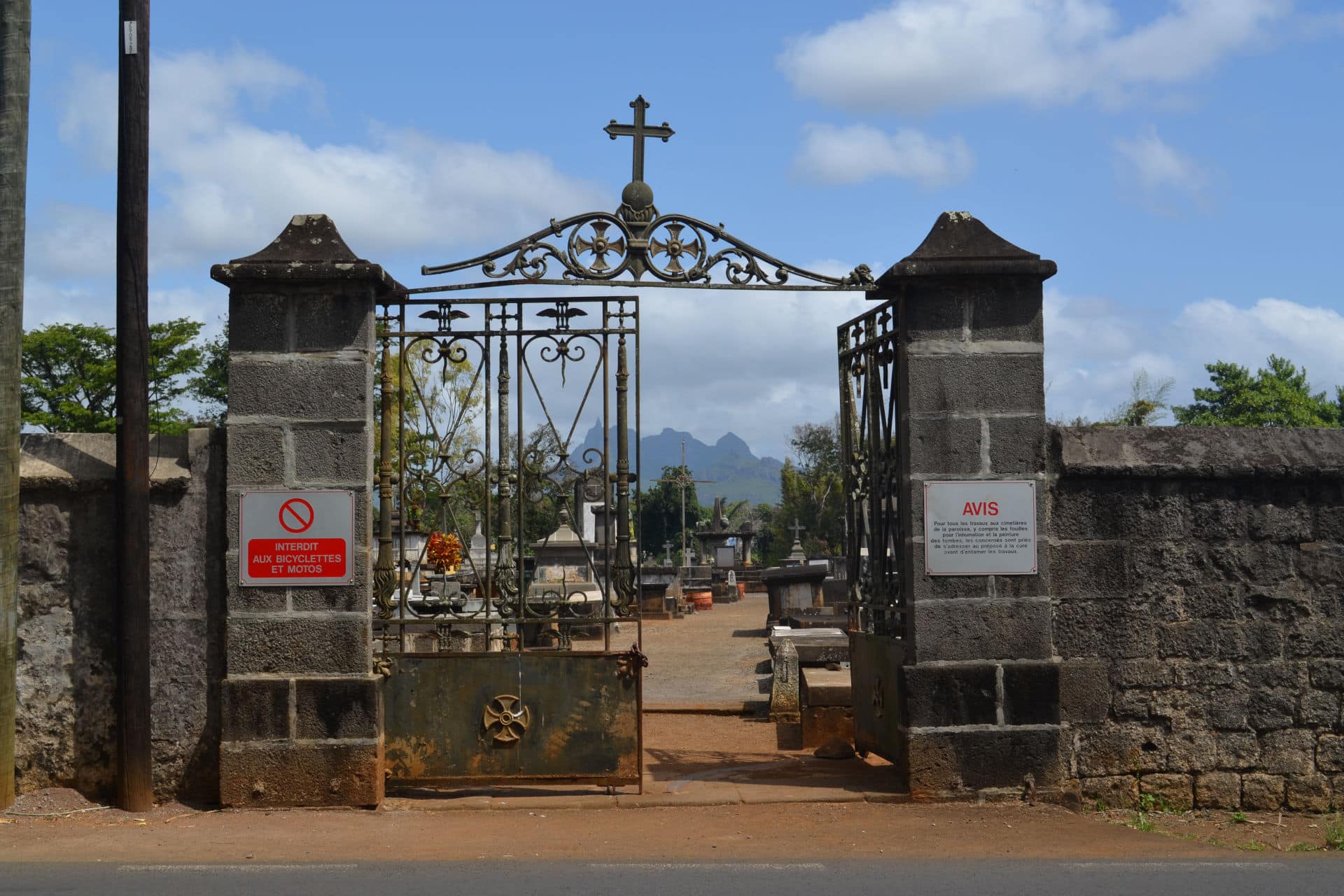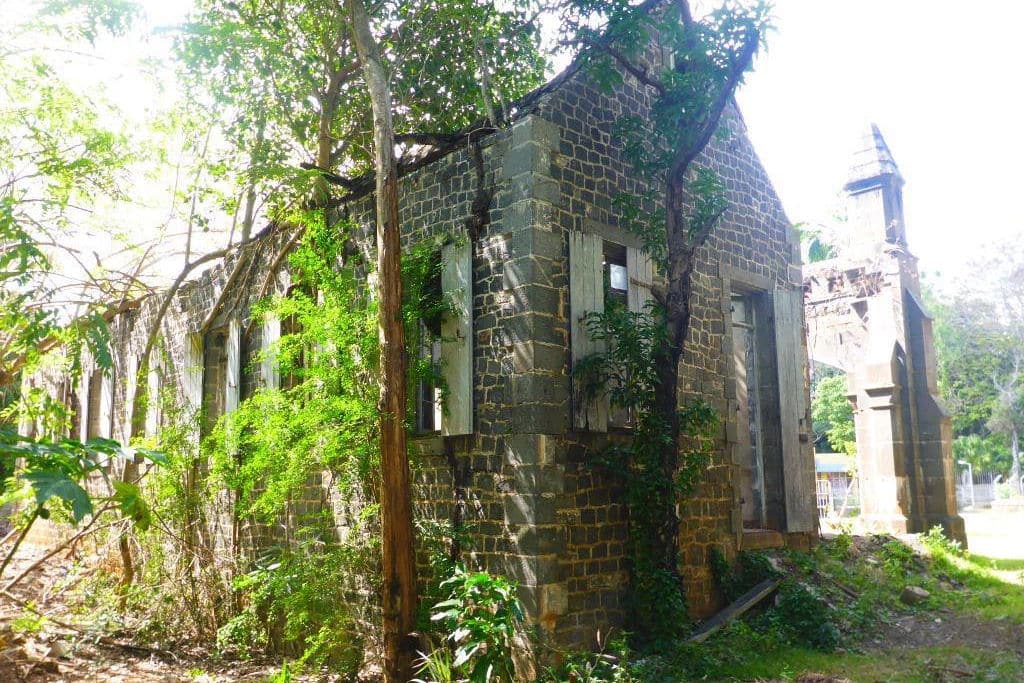International schools
French and English schools, universities, crèches… The region offers an education system to suit all levels and orientations.
The fragments of Mauritius’ past can still be contemplated today as you stroll through the region… At the end of the 18th century, Pamplemousses was the heart of Mauritius’ life and economy.

The Pamplemousses Botanical Garden faces the peaceful Saint-François-d'Assise church, inviting you to a timeless interlude in the heart of the city.

From La Villebague to Mauricia, and Le Château de Labourdonnais, some of Mauritius's finest colonial houses dot the landscape of the region.

On the picturesque Balaclava road, are the ruins of the old Pamplemousses powder mill, dating back to 1775. Once a prison and then an orphanage, nature has now reclaimed the site.

The region's sugarcane fields stretch as far as the eye can see. So do other traces of the region's sugar-making past, such as chimneys, stone sheds and industrial weighbridges.
From schools to practical services, the region puts all the essentials within easy reach.
French and English schools, universities, crèches… The region offers an education system to suit all levels and orientations.
Find everything you need in the area, from Forbach to Pamplemousses, via Labourdonnais.
From banks to petrol stations, the CEB office, the Post Office and the CWA, you’ll find all the essential services in the region.
With its rich historical heritage, the Pamplemousses region, where Beau Plan is located, was a center of Mauritian life in the 18th century, when Mauritius was still a French colony.
It was here, in particular, that the residence of Mahé de Labourdonnais was located. Governor General of the Mascareignes from 1735 to 1746, he established Mauritius (formerly known as Isle de France) as a leading French colony in the Indian Ocean. His home, now known as the Château de Labourdonnais, has been restored and is one of Mauritius’s must-see tourist attractions.
His successor, Pierre Poivre, laid out a botanical garden in the area that made his name: the Jardin de Pamplemousses (renamed Sir Seewoosagur Ramgoolam Botanical Garden in 1988). Populated by citrus fruits and spices from the Orient, exotic flowers and rare plant species, it is particularly famous for its pond of giant water lilies, the Victoria amazonica.
The Beau Plan region is also home to centuries-old relics of industrial activity. In addition to the ruins of its former hospital and railroad tracks, the area is home to renowned former colonial mansions such as La Villebague and Le Mauricia, as well as the industrial heritage of the twice-century-old Terra group: its former garages and warehouses now converted into shops and offices, its old factory transformed into a museum, L’Aventure du Sucre, and its former dock now the Lac de Beau Plan, the vibrant heart of the smart city.
Whether it’s for a few hours’ excursion or a longer stay in this region of northern Mauritius, there’s plenty to do and discover.
In Beau Plan and the surrounding area, tourists will find plenty to learn about the country’s history. In fact, it offers a number of sightseeing tours that reveal the full beauty of the destination. The Musée de L’Aventure du Sucre recounts the evolution of Mauritius through that of the sugar industry, while the Jardin botanique de Pamplemousses, bordered by the centuries-old village of Pamplemousses, invites visitors to take a plunge into history. The colonial mansions that dot the region, the centuries-old trees that line its roads and the relics that dot its landscapes give this region an authentic and charming cachet.
After a day of sightseeing in the north of the island, Beau Plan is the perfect destination to relax and relive the best moments of these excursions. The restaurants of the Mahogany Shopping Promenade invite you to refresh yourself while enjoying the view of Beau Plan lake as the sun sets.
Families love Beau Plan for the variety of activities it has to offer. The Mahogany Shopping Promenade, with its foodcourt and colorful shopping arcades, is the place to be for strollers. While some window-shop in the gallery’s many shops, others can relax in the foodcourt or in one of the cafés and restaurants facing the Mahogany lake.
The town’s cultural agenda and creative activities, from theater to horseback riding, are another way to share good times with family and friends. Whether you want to learn a new activity or practice your passion, courses are generally available for all levels. As for the concerts, festivals and exhibitions regularly held in the town, they are an opportunity to get together and share a unique moment.
Beau Plan is also a meeting place for the creative at heart. Whether it’s a stroll, a yoga workshop or an open-air concert, this peaceful, leafy town invites you to let your imagination run wild.